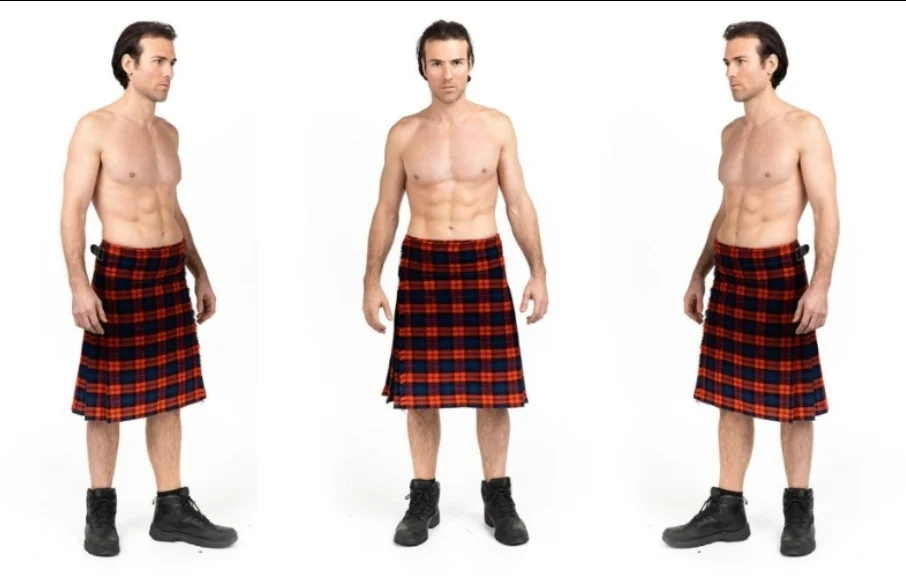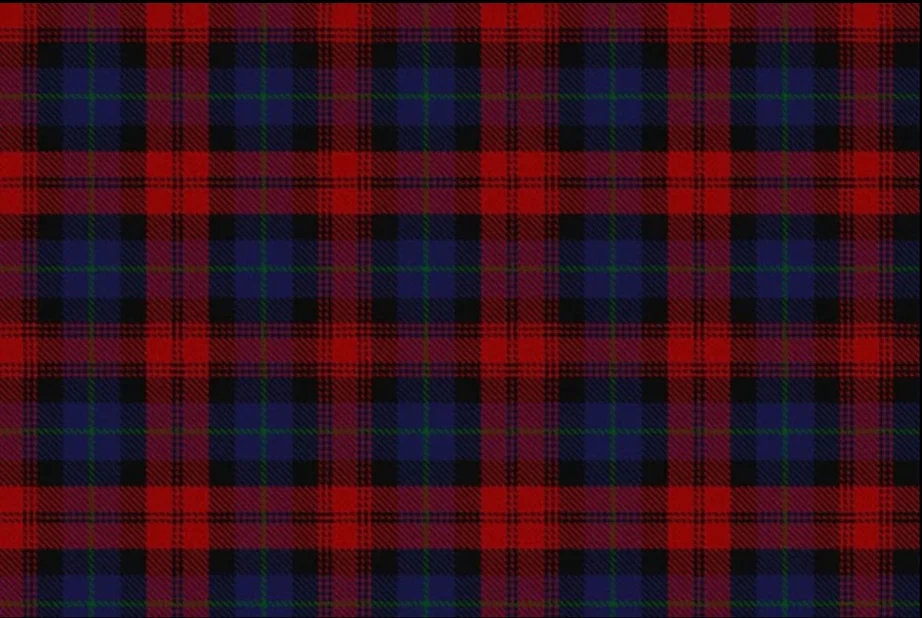
The Maclachlan tartan, with its vibrant colors and intricate patterns, stands as a proud emblem of Scottish heritage and tradition. Woven into its threads are centuries of history, tales of valor, and the enduring spirit of the Maclachlan clan. As one of Scotland’s oldest tartans, it serves as a visual reminder of the rich cultural tapestry that defines the Scottish people. In this article, we will explore the stories and symbolism behind the Maclachlan tartan, delving into its historical significance, design elements, and enduring legacy in Scottish culture. Join us on a journey through time as we unravel the mysteries and meanings woven into every thread of this iconic tartan.
Historical Background of Maclachlan Clan
Origins of the Maclachlan Clan
The Maclachlan clan’s origins lie shrouded in the mists of time, with legendary tales and ancient folklore weaving a tapestry of myth and history. According to tradition, the clan traces its ancestry to Lachlan Mor, a legendary figure who lived in the 13th century and whose descendants would become the chiefs of the clan. From their ancestral lands in the western Highlands, the Maclachlans held sway over a territory rich in natural beauty and strategic importance, forging alliances, and defending their homeland against rival clans and external threats.
Significance of Tartans in Scottish Culture
Tartans occupy a special place in the heart of Scottish culture, embodying the very essence of Scotland’s rugged landscapes, turbulent history, and resilient people. For centuries, tartans served as more than just garments; they were symbols of identity, clan allegiance, and social status. Each tartan told a unique story, reflecting the heritage, values, and traditions of the clan it represented. The wearing of tartan became synonymous with Scottish pride, with Highlanders proudly displaying their colors on the battlefield, at clan gatherings, and during festive occasions.
Design and Colors of Maclachlan Tartan
Meaning Behind the Colors
The colors of the Maclachlan tartan are steeped in symbolism, each hue carrying layers of meaning and significance. The predominant greens evoke images of the lush Highland landscapes, the rolling hills, and verdant forests that have been the ancestral home of the clan for generations. These greens represent not only the natural beauty of Scotland but also the resilience and vitality of the Maclachlan people, who have weathered storms and challenges throughout their history. Interwoven with the greens are bold reds, symbolizing the blood shed in defense of clan and country. These fiery hues speak to the courage, valor, and sacrifice of the Maclachlan warriors who fought bravely on the battlefield, their deeds immortalized in the annals of Scottish history. Together, the greens and reds form a harmonious palette, a visual representation of the bond between the land and its people, the past and the present.
Distinctive Patterns
The patterns of the Maclachlan tartan are as intricate as they are distinctive, with each line and intersection holding its own story and symbolism. The interlocking lines create a sense of unity and continuity, reflecting the interconnectedness of the clan’s members and their shared heritage. The symmetry of the design speaks to the order and harmony of traditional Highland life, where each member played a vital role within the clan’s social structure.
Evolution of Maclachlan Tartan Over Time
Changes in Design and Usage
The evolution of the Maclachlan tartan mirrors the changing tides of Scottish history, adapting to social, political, and cultural shifts while retaining its core identity. Over the centuries, the design of the tartan has undergone subtle alterations, reflecting changes in weaving techniques, fashion trends, and clan preferences. From the simple woolen plaids worn by medieval warriors to the finely crafted kilts and accessories of the Victorian era, the Maclachlan tartan has evolved in response to the demands of the times while remaining true to its roots. As Scotland’s clans dispersed across the globe during the Highland Clearances and subsequent waves of emigration, the tartan took on new meanings and significance. In distant lands, far from their ancestral homelands, Scots continued to wear their tartans as a tangible link to their heritage, a symbol of pride and identity in a foreign land. The tartan became a source of comfort and connection, reminding expatriates of the rugged hills and misty glens of their homeland.
Revival and Preservation Efforts
In the 19th and 20th centuries, there was a renewed interest in traditional Scottish tartans, fueled by a growing sense of national pride and a nostalgia for the past. Tartan weaving experienced a revival, with skilled artisans and craftsmen working tirelessly to preserve and promote Scotland’s rich textile heritage. Organizations such as the Scottish Tartans Authority and the Scottish Register of Tartans played a pivotal role in cataloging and documenting tartan designs, ensuring their authenticity and integrity for future generations. Today, the Maclachlan tartan continues to enjoy widespread popularity both in Scotland and around the world, with tartan enthusiasts and historians celebrating its timeless beauty and historical significance. From fashion runways to film sets, the tartan is a versatile symbol, representing not only the proud heritage of the Maclachlan clan but also the enduring appeal of Scottish culture.

Maclachlan Tartan in Modern Times
Contemporary Use
In modern Scotland, the Maclachlan tartan remains a cherished symbol of clan pride and identity, worn on special occasions and celebrations. From weddings and christenings to Highland games and ceilidhs, the tartan is a ubiquitous presence, evoking a sense of tradition and continuity in an ever-changing world. Whether worn as a kilt, a scarf, or a decorative accessory, the Maclachlan tartan serves as a visual reminder of the bonds that unite the clan and its descendants.
Global Recognition
Beyond Scotland’s borders, the Maclachlan tartan has found a place in the hearts of Scots around the world, serving as a powerful symbol of their shared heritage and cultural identity. From Canada to Australia, from the United States to New Zealand, members of the Scottish diaspora proudly display their tartans, forging connections across continents and generations. The tartan serves as a link to the past, a tangible reminder of the sacrifices and struggles of those who came before, and a beacon of hope for future generations.
The Enduring Appeal of Scottish Clothes
Scottish clothes, steeped in tradition and history, continue to captivate people worldwide with their unique blend of elegance, craftsmanship, and cultural significance. Among these garments, the Maclachlan tartan kilt stands out as a quintessential piece, embodying the rich heritage of Scotland. Traditional Scottish attire, including kilts, sporrans, and ghillie brogues, showcases the intricate patterns and vibrant colors of clan tartans, each telling its own story. These garments are not only worn for ceremonial occasions and Highland gatherings but have also found their place in contemporary fashion, appealing to a global audience. The meticulous craftsmanship and enduring quality of Scottish clothes make them a cherished addition to any wardrobe, symbolizing a connection to Scotland’s storied past. From everyday wear to special celebrations, Scottish clothes offer a timeless style that honors the traditions and spirit of the Scottish people, ensuring that the legacy of garments like the Maclachlan tartan continues to thrive in modern times.
Stories and Legends Associated with Maclachlan Tartan
Historical Events
The Maclachlan tartan bears witness to a myriad of historical events, from the epic battles of Scotland’s past to the everyday struggles of its people. In the annals of Scottish history, the tartan is woven into the fabric of countless stories and legends, each thread telling a tale of triumph, tragedy, and perseverance. From the Jacobite uprisings to the Highland Clearances, from the Wars of Independence to the Industrial Revolution, the tartan serves as a silent witness to the ebb and flow of Scotland’s fortunes.
Folklore and Myths
In addition to its historical significance, the Maclachlan tartan is steeped in folklore and mythology, with tales of heroic deeds, legendary figures, and supernatural encounters woven into its very threads. According to one legend, the tartan was inspired by the colors of the Highlands themselves, with each hue representing a different aspect of the landscape or the clan’s history. Other stories speak of ancient warriors and chieftains who wore the tartan into battle, their courage and valor immortalized in song and story.
Conclusion
In conclusion, the Maclachlan tartan stands as a timeless symbol of Scotland’s rich heritage and cultural identity, weaving together threads of history, tradition, and pride into a vibrant tapestry of clan solidarity. From its ancient origins to its modern-day significance, the tartan serves as a visual reminder of the resilience, courage, and spirit of the Maclachlan clan and the Scottish people as a whole. Through centuries of evolution and adaptation, the Maclachlan tartan has remained steadfast, its colors and patterns serving as a link to the past and a beacon of hope for the future. Whether worn at clan gatherings, ceremonial events, or everyday occasions, the tartan continues to inspire a sense of belonging and community among Scots around the world, forging connections across generations and continents.
1. What is the significance of tartans in Scottish culture?
Tartans hold deep cultural significance in Scotland, serving as visual markers of clan identity and allegiance. Each tartan tells a unique story, reflecting the history, values, and spirit of the clans they represent.
2. How has the Maclachlan tartan evolved over time?
FAQs
Like all tartans, the Maclachlan tartan has evolved over time, adapting to changes in fashion, technology, and societal norms while retaining its essential character and symbolism.
3. Are there any famous historical figures associated with the Maclachlan clan?
The Maclachlan clan has produced several notable figures throughout history, including warriors, poets, and statesmen, whose deeds and accomplishments are celebrated in Scottish folklore and history books.
4. What efforts are being made to preserve traditional Scottish tartans?
There are numerous organizations dedicated to the preservation of traditional Scottish tartans, focusing on both historical research and the revival of traditional weaving techniques to ensure that these cultural treasures endure for future generations.
5. How can I find out if I have Maclachlan ancestry?
There are various resources available for tracing Scottish ancestry, including genealogical websites, historical records, and clan societies, where you can explore your family history and learn more about your Scottish heritage.